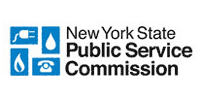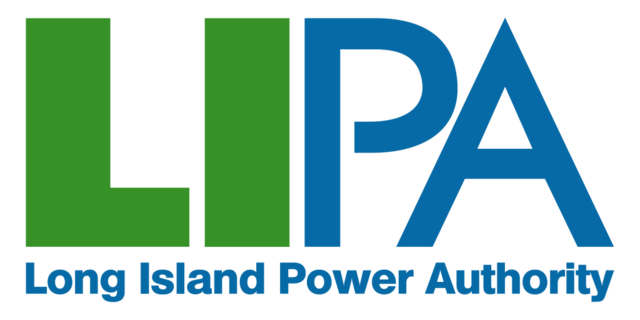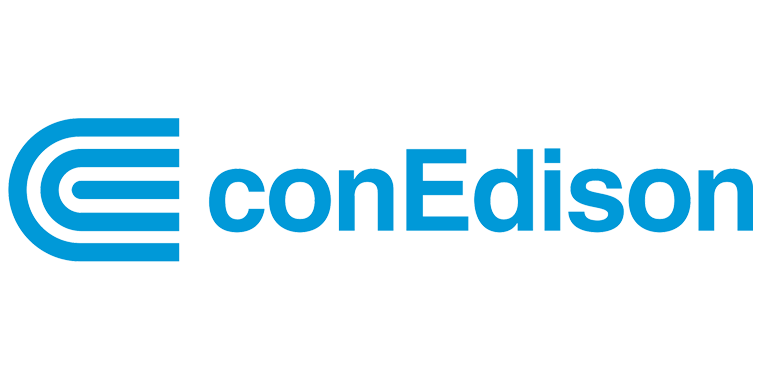New York
Overview
New York leads the nation in community solar capacity with over two gigawatts installed
Latest New York Policy Updates
August 2025
Updates in New York include a long-awaited PSC order on negative revenue adjustments for utility performance and NYSERDA’s updated NY-Sun plan, which illustrates the new incentive framework for upstate community solar projects. The legislative session also ended in June and while the ASAP Act did not pass, it garnered significant support and is well-positioned for next session. The PSC order on utility penalties introduces two of the six proposed metrics for holding utilities accountable on billing and crediting: timely issuing of CDG credits on customer bills and timely responses to CDG allocation lists. Unfortunately, the PSC also slipped in an increase in the net crediting free from 1% to 1.5% without providing sufficient rationale – an industry petition was filed to push back. In NY-Sun, NYSERDA will be opening the first 400 MW Solar Energy Equity Framework (SEEF) upstate block, which includes a fixed 12 cent per watt incentive for both ICSA and SSFA projects; ICSA projects are still eligible for the additional performance-based incentive. Another 400 MW block is in the works but could offer a different incentive to reflect market conditions.
May 2025
New York is expected to come under budget in its goal to install 10 GW of distributed solar by 2030. The PSC issued an order in April indicating how NYSERDA should allocate the anticipated $421 million budget surplus. There’s a clear winner and loser in community solar: The order directs a portion of the funds ($150 million) into Statewide Solar for All, the utility-administered opt-out community solar program, while allocating no new funding for the Inclusive Community Solar Adder (ICSA). There’s no question that this is a disappointing outcome but there is still funding available for 700 MW of upstate ICSA projects. The best way to support the program is to expand its proven track record for delivering meaningful savings. Meanwhile, solar advocates have been at the Capitol in full force pushing for the Accelerate Solar for Affordable Power (ASAP) Act, which would raise the distributed solar goal, enact interconnection reforms, and extend the NY-Sun program.
January 2025
On December 20, the PSC issued an order requiring the utilities to implement net crediting for community solar projects compensated by NEM within 12 months. To date, net crediting has only been available to projects compensated by VDER. By January 1, 2026, the utilities are required to provide tariff amendments and updated net crediting manuals to capture the availability of net crediting for volumetric projects. Looking forward, we’re also expecting the added flexibility for net crediting projects to offer three unique discount rates to be available by June.
November 2024
At NYSEIA’s annual solar summit in Albany, Solstice attended NYSERDA’s billing and crediting working group where stakeholders shared updates and priorities on community solar processes. From an industry perspective, the calls were to standardize operating procedures across utilities (e.g. host statements) and improve the customer experience (e.g. presentation of community solar on bills). The utilities focused on sharing updates regarding three priorities: supporting three unique discount rates on net crediting projects; implementation of net crediting for NEM projects; and setting up systems to support the statewide solar for all program.
May 2024
On May 16, the PSC released an order in case 21-E-0629 that requires the utilities to support offering three unique discount rates on community solar projects that are billed under net crediting. The order also allows for discounts up to one decimal place (e.g. 7.5%) and for multiple anchor tenants to opt out from net crediting. Implementation is required within one year so we expect to see the updated functionality by June 2025, barring additional delays.
April 2024
On April 24, NYSERDA announced an additional incentive for projects that are awarded the Inclusive Community Solar Adder but neither the Community Adder nor Community Credit. The fixed $0.07/watt incentive will serve as a direct replacement for the Community Adder that was exhausted in the Upstate region back in October. It will apply to the total capacity of the project – as long as the project meets minimum ICSA requirements – and is paid out in full at the same time as the first (of three total) ICSA performance payment. The additional funds were made available on May 7 and have no impact on the program’s existing requirements or performance-based incentive payments.
Program History
Administrators



CS Incentives
NY-Sun
NY-Sun is the state’s solar incentive program and it's broken into three regions: New York City, Upstate, and Long Island. The program has historically used a MW block model to determine the base incentive for solar projects in each region, a declining dollar-per-watt incentive available on a first-come, first-served basis
In late 2025, NY-Sun shifted to a new incentive framework for community solar projects which offers a fixed incentive for both ICSA and SSFA projects, with the additional performance-based incentive available for ICSA projects
Additional community solar incentives
- Market Transition Credit & Community Credit: limited amounts of both were available to community solar projects before NYSERDA introduced the Community Adder
- Community Adder: in recent years, the leading incentive specifically for community solar projects. In 2024, the second tranche for Upstate projects was fully allocated and NYSERDA replaced the incentive by introducing a fixed dollar-per-watt incentive for projects that win the Inclusive Community Solar Adder
- Remote Crediting: option for projects with no more than 10 subscribers, typically serving commercial customers
- Inclusive Community Solar Adder (ICSA): NYSERDA’s incentive for projects that serve at least 40% of capacity to low- and moderate-income households and disadvantaged communities where at least 50% of the eligible subscribers are residential
Community solar credit rate
- Net metering (NEM): a volumetric crediting approach that was the original compensation mechanism for community solar
- Value of Distributed Energy Resources (VDER): the current compensation mechanism that is based on when and where projects are sending power to the grid, including energy, capacity, environmental, and additional grid benefit components
Utilities







Subscribers
Anchor subscribers
- Maximum 40% to large subscribers
- Demand-billed customers with average monthly demand larger or equal to 25 kW in the past 12 months
Small subscribers
- Residential or non-demand-billed small commercial customers
- Demand-billed customers with average monthly demand less than 25 kW in the past 12 months
ICSA subscriber carveout
- Minimum 40% of capacity to eligible subscribers where at least 50% of the eligible subscribers are residential
ICSA subscriber eligibility options
- Categorical eligibility (proof of participation in an approved program)
- Geo-eligibility
- NYSERDA income eligibility application
- Nonprofit/public facilities serving disadvantaged communities
- Public schools
- Affordable housing
- Residential and nonresidential options
- Master-metered and sub-metered options
Billing
Billing type
- Consolidated billing is currently offered under the net crediting mechanism for community solar projects compensated by VDER
- Utilities charge an administrative fee for net crediting equal to one percent of the total bill credit value generated in each month
Credit banking
- Credits from unsubscribed energy can be banked for up to two years at the project level and reallocated at the full credit rate
- Subscribers can bank excess credits indefinitely
Get PDF by email
Share your feedback
Contact our policy team
Don’t Miss Critical Market Updates
Get the latest policy news, articles, and resources, sent straight to your inbox every month.
On this page
Policy hub map
Select a state


